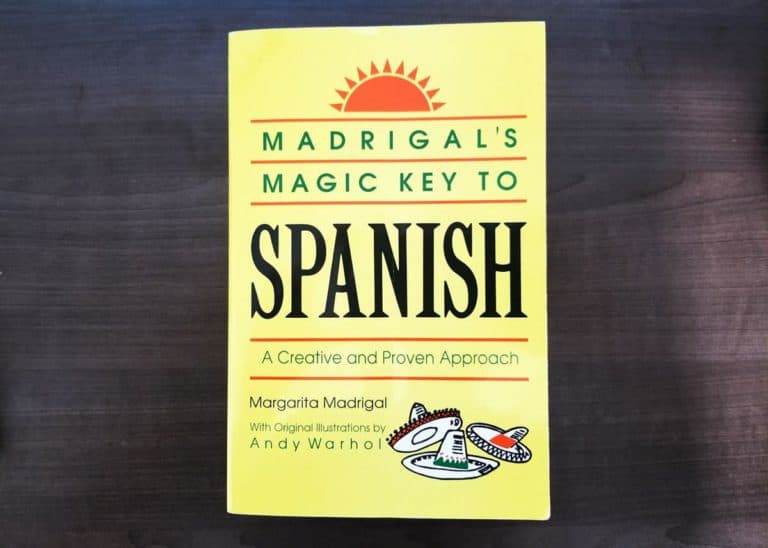How to Pronounce the Letters B and V in Spanish
Confused about how to pronounce the letters B and V in Spanish? In this post, you’ll learn the difference and how to pronounce each one.

How to Pronounce the Letters B & V in Spanish
Correctly Pronounce the Letters B and V in Spanish
In Spanish, the letters “b” and “v” can be confusing to us native English-speakers. They sound very similar and can confuse even fluent Spanish speakers.
To help you differentiate between the two letters, your Spanish friends and teacher might use the following designations to help you know if a word is spelled with a b or a v.
B in Spanish
Here are three ways to identify the letter “b” in Spanish:
- be grande: big b
- be alta: tall b
- be de burro: b as in burro (donkey)
V in Spanish
And here are three ways to identify the letter “v” in Spanish:
- ve corta: short v
- ve chica: little v
- ve de vaca: v as in vaca (cow)
When a word starts with either b or v there can be a noticeable difference. But when it’s in the middle of a word, it can be harder to differentiate. Generally speaking, the b in Spanish is long (hard) and the v is short (soft).
Spanish Words with B
- Burro
- Besar
- Bigote
- Cambiar
- Emborracharse
- Embobado
Spanish Words with V
- Vaca
- Vanidad
- Vela
- Convenir
- Envidia
- Enviar
The letters b and v are so similar in Spanish that many native speakers use them interchangeably when writing – committing frequent spelling mistakes. This can make things very confusing to a new Spanish learner.
In researching this post, I read that researchers looked at the sound-waves of both b and v as spoken by native Spanish speakers – and the patterns couldn’t be told apart.
More Spanish Learning
- When do I use the Spanish tú or usted?
- How to Say the Letters and Sounds in Spanish
- The Best Book to Learn Spanish (Reader’s Choice)
Your Turn
Do you have any tips or suggestions in Spanish pronunciation? Have you made any funny mistakes?







Thanks for the blog. Ana is a great teacher, very funny and very cute.
You bet – thanks Larry!